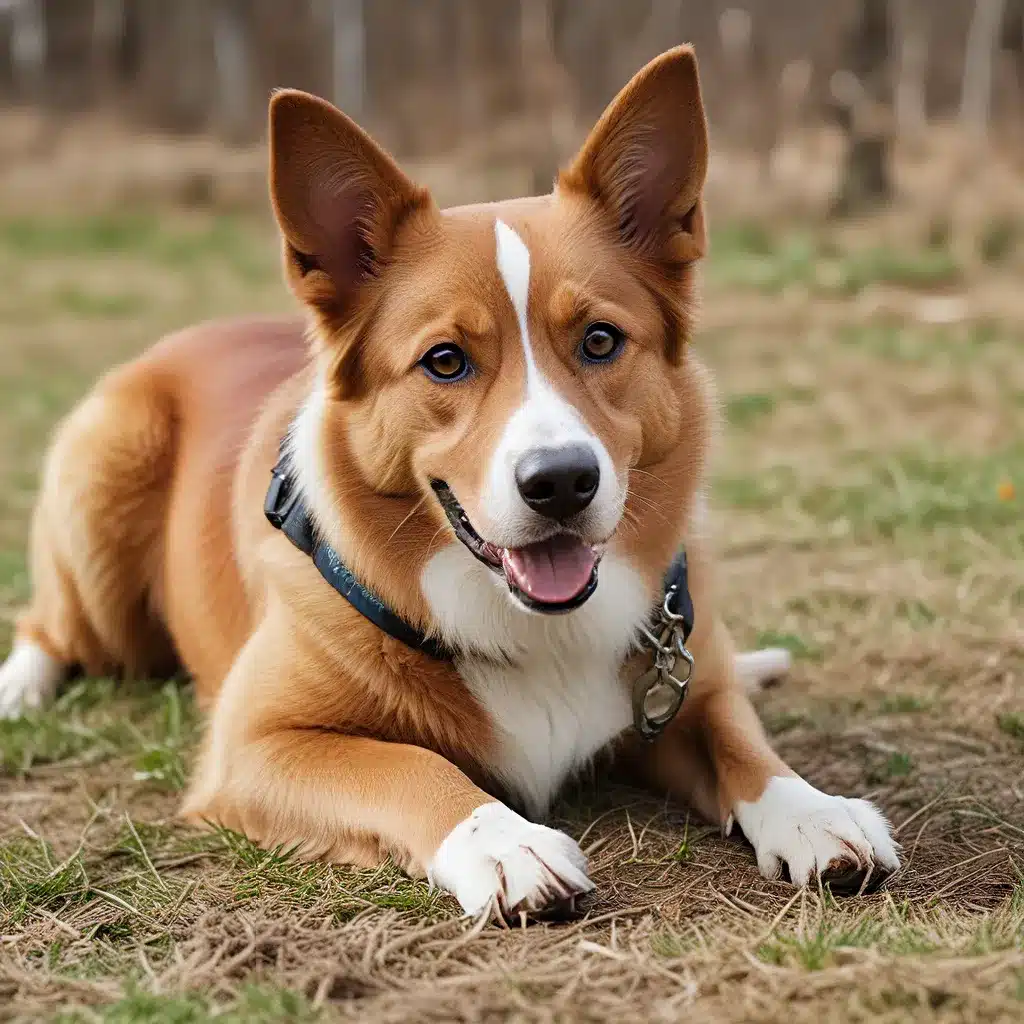
The Furry Rollercoaster: Welcoming a Rescue Dog Home
Adopting a rescue pet is a journey filled with equal parts exhilaration and trepidation. One moment, you’re basking in the glow of those soulful eyes and wagging tails, and the next, you’re left scratching your head, wondering what invisible landmines you’ve just stepped into. But fear not, my fellow pet parents – this behavioral bootcamp is here to transform your newly rescued pup from “hot mess” to “top dog” in no time!
Understanding the Rescue Mindset: Why Training is Key
When you welcome a rescue dog into your home, you’re not just adopting a furry companion – you’re taking on the task of undoing years, sometimes even a lifetime, of trauma, neglect, and uncertainty. These pups have seen it all, from the horrors of puppy mills to the chaos of overcrowded shelters. And let’s not forget those heartbreaking “boot camp” experiences, where well-meaning but misguided owners resorted to harsh training methods in a desperate attempt to “fix” their pup’s problems.
The Pet Rescue knows that the key to a successful adoption isn’t just about finding the perfect match – it’s about arming you, the new pet parent, with the tools and knowledge to navigate the unique challenges of a rescue dog’s journey. And that’s where our Behavioral Bootcamp comes in.
Bootcamp Basics: Laying the Foundation for Success
Step 1: Patience, Padawan
Remember, your newly rescued pup is like a sensitive, battle-scarred warrior, trying to make sense of this strange new world. Patience is your greatest ally, grasshopper. Resist the urge to dive headfirst into rigorous training; instead, focus on building trust, creating a safe haven, and letting your pup set the pace.
Step 2: Routine is Your Friend
Consistency is the cornerstone of any successful training program, and it’s doubly important for rescue pups. Establish a routine that your pup can rely on – set meal times, potty breaks, and even designated playtime. This predictability will help ease their anxiety and allow them to feel secure in their new environment.
Step 3: Positive Reinforcement is the Way
Forget about those outdated “boot camp” tactics; we’re all about positive reinforcement here. Ditch the choke chains and shock collars, and instead, shower your pup with praise, treats, and affection whenever they display the behavior you’re looking for. This approach not only builds trust but also helps your pup learn faster and with less stress.
Tackling the Tough Stuff: Addressing Common Behavioral Challenges
Anxiety and Fear: Calming the Storm
Perhaps the most common issue faced by rescue pups is anxiety and fear. These dogs have been through the wringer, and the simplest things – a loud noise, a sudden movement, even a new smell – can send them into a tailspin. But fear not, we’ve got your back!
Start by creating a safe space in your home, a cozy corner where your pup can retreat when they’re feeling overwhelmed. Incorporate soothing smells, like lavender or chamomile, and provide plenty of comfy bedding and calming toys. Gradually expose your pup to new stimuli, always at their pace, and be ready with high-value treats and reassuring praise.
And don’t forget, your own emotions can have a profound impact on your pup’s state of mind. Practice mindfulness and meditation alongside your pup – the benefits of this shared experience go far beyond just calming nerves. As you learn to be present and centered, your pup will follow suit, and together, you’ll navigate the journey of overcoming anxiety and fear.
Leash Reactivity: Mastering the Walk
Ah, the dreaded leash reactivity. You know the scenario all too well: you’re strolling along, enjoying the fresh air, when suddenly, your pup transforms into a snarling, barking tornado, sending joggers and dog walkers scurrying for cover. Fear not, fellow pet parents, we’ve got your back!
The key to conquering leash reactivity is desensitization and counter-conditioning. Start by keeping your distance from potential triggers, and gradually work your way closer as your pup remains calm and focused. Pair these exposure exercises with high-value treats and plenty of praise, and before long, your pup will start to associate other dogs and people with good things, rather than a reason to panic.
And don’t forget the power of positive reinforcement training. Teaching your pup basic commands like “watch me” and “heel” can go a long way in keeping them calm and focused during walks. Reward those moments of tranquility, and soon, you’ll be strolling through the park like a pro.
Jumping and Nipping: Curbing the Enthusiasm
Ah, the boundless energy of a rescue pup – it’s enough to make even the most seasoned pet parent long for a little peace and quiet. But fear not, we’ve got your back when it comes to jumping and nipping.
The first step is to set clear boundaries and stick to them. Teach your pup that jumping up and nipping are strictly off-limits, and be consistent in your corrections. Remember, positive reinforcement is key – reward calm, four-on-the-floor behavior with treats and praise.
And don’t forget the power of exercise and mental stimulation. A tired pup is a well-behaved pup, so make sure to incorporate plenty of playtime, walks, and interactive toys into your daily routine. Canine enrichment activities, like snuffle mats and puzzle feeders, can also help channel that boundless energy in a constructive direction.
The Pièce de Résistance: Putting it All Together
Now that we’ve covered the basics of our Behavioral Bootcamp, it’s time to put it all together and create a harmonious, well-adjusted pup. Remember, every rescue dog is unique, and the journey to success may look a little different for each one. But with patience, consistency, and a whole lot of love, you can transform your furry friend from a hot mess into a top-notch companion.
So, what are you waiting for? Lace up those boots, and let’s get to work! With The Pet Rescue by your side, your newly rescued pup is destined for greatness.


